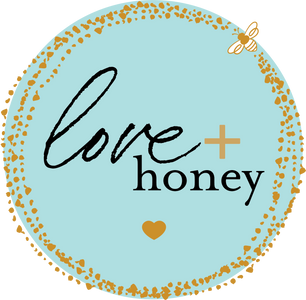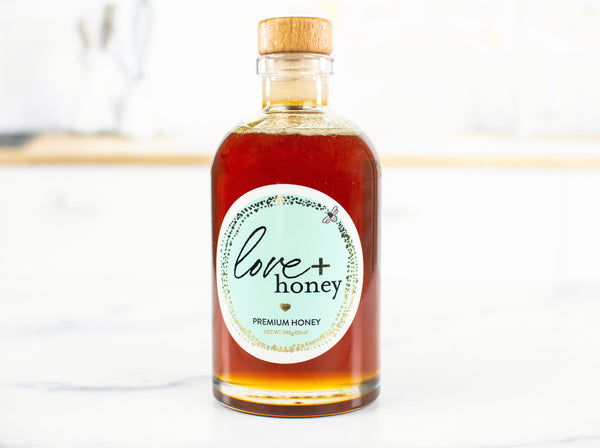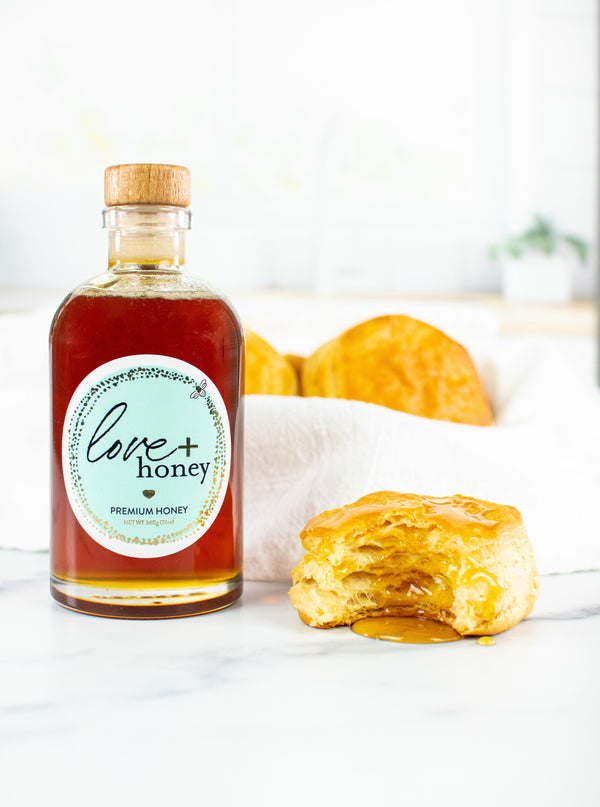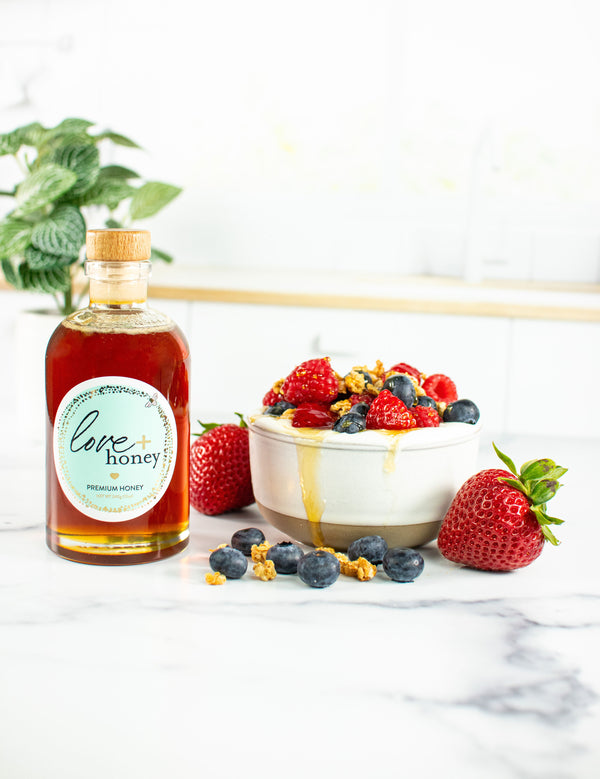How do we make honey?
Making honey is all about the environment. The hive has to be strong enough. The local plant life has to have enough moisture available to make nectar. The beekeeper has to know when to support and when to be patient. Follow along below on how nectar transforms into honey.
How Honey Is Made
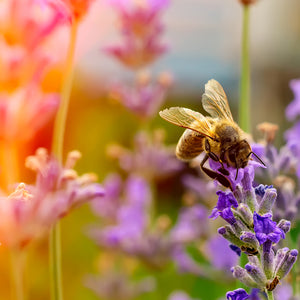
Scouting
The hive sends out scout bees to find sources of pollen and nectar.
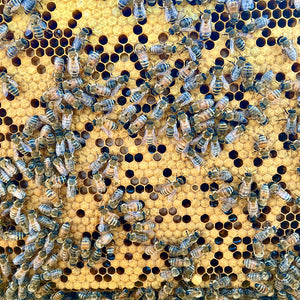
Waggle Dancing
The scout will come back to the hive after they have found resources. They "tell" the other bees where to forage by doing a "waggle dance". The bees interpret this and they send foragers.
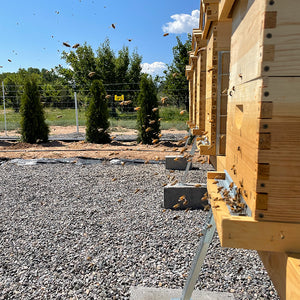
Foraging
1/3 of the colony is dedicated to foraging which at peak season can be 40-50,000 bees. A single bee can bring in half of her body weight in nectar or .05g per trip. A forager can visit 1,500 flowers a day and bring back .5g of nectar.
Beekeeping
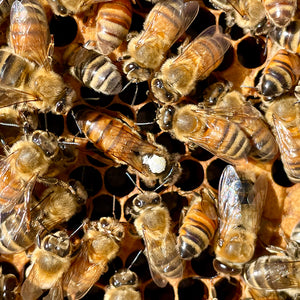
Growing The Colony
Beekeepers will monitor the colony and check the colony for overall health and make any needed adjustments. Primarily making sure that the colony has a productive queen, disease free, and bringing in nectar and pollen.
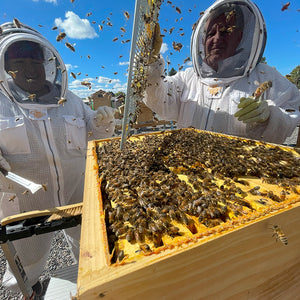
Timing
After the colony has built up enough resources for itself, a device called a queen excluder is added onto the colony to prevent the queen from laying eggs with the future honey. An additional box is added to the top of the colony to give the bees space to store surplus nectar.
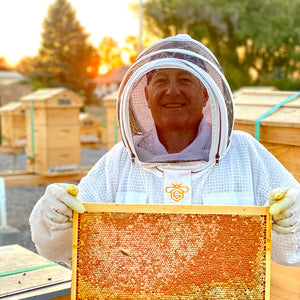
Nectar To Honey
As the bees store nectar they will fan it with their wings to bring down the moisture content. When the moisture content is just right (15.5%-18.6%), they will cap the cell with wax and it is now honey and ready to be harvested.
Harvest
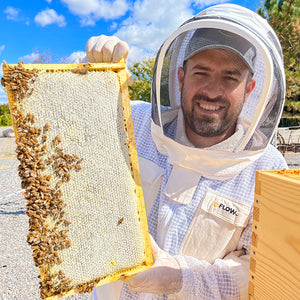
Pulling Honey
Beekeepers will inspect the frames of honey to ensure that they are fully capped with wax. Honey frames that are not fully capped have too much moisture content and could cause the nectar to ferment. Those frames are left with the bees for them to continue to work on.

Stealing?
A common question that people have is if it is causing any harm to the bees to take their honey. When done responsibly, the bees are not harmed at all. Bees will continue to gather nectar as long as it is available. They will make much more honey than is needed to sustain their needs.
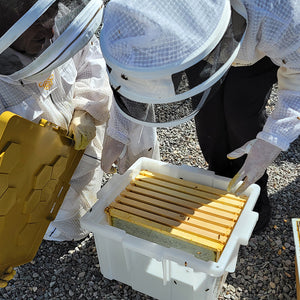
Extracting
The beekeepers will gather all of the frames of honey from the colonies and bring them into our extraction room where we will spin the honey and separate it from the wax.

Removing Wax
The honey will have bits of wax after being spun so the honey is sent through a gravity clarifier. The honey is then pumped into a a filter box which lightly strains any remaining wax. The final result is pure, raw honey that is ready to be bottled.


Bottling
The honey is gravity fed into a heated bottling tank which keeps the honey at 100 degrees Fahrenheit. This keeps all of the healthy amino acids intact while making the honey flow. The honey is then bottled, labeled and is ready to be shipped.
